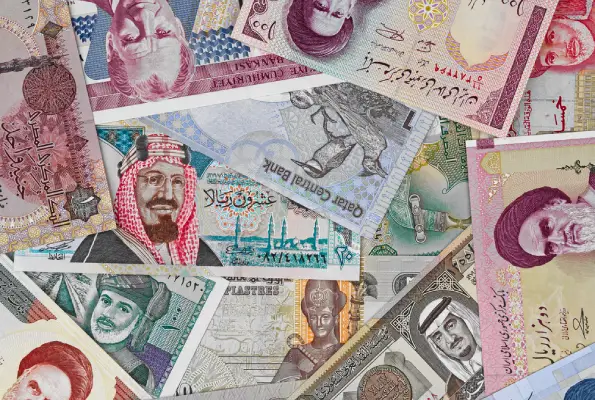Following robust expansion in 2022, the Middle East and North Africa (MENA) region’s economic activity is predicted to abruptly slowdown in 2023.
After reaching an 18-year high of 6.1% in 2022, real GDP growth is predicted to drop to roughly 3.5% in 2023–2024, surpassing the overall performance of the global economy during that time.
Exporters Vs Importers Of Hydrocarbons
The headline growth rate conceals a considerable difference between the net energy importers and exporters groupings of nations. Analysts predict that the real GDP growth for the MENA hydrocarbon exporters group will decrease from 6.7% in 2022 to roughly 3.5% in 2023–2024. They project a real GDP growth slowdown for the MENA hydrocarbon importers group, from 4.2% in 2022 to 2.9% in 2023 and 3.1% in 2024.
Energy exporters that maintain robust external and fiscal surpluses will see a decrease in oil and gas revenue. The energy importers will profit from comparatively reduced energy prices, which will moderately reduce their external imbalances and maintain the containment of fiscal gaps relative to GDP. Reduced trade flows will have an impact on both groups in 2023.
Because of the OPEC+ alliance’s recent announcement of reduced oil output, major MENA energy producers will export less oil shortly than they did for a significant portion of 2022. The price of Brent oil is predicted to fall from roughly USD 102 per barrel in 2022 to USD 87–88 per barrel in 2023 and 2024. This would result in a decrease in petrodollar inflows into MENA nations that export oil compared to 2022.
In a similar vein, while gas demand is still high, there is still a short-term supply shortage. It appears that gas revenues will mainly follow a similar path, as gas prices are peaking and might moderate significantly throughout 2023–24.
Reduced energy revenues will hurt the momentum of real GDP growth in the MENA region by giving the economies less ability to launch new projects and commit to fixed investment spending. Assuming that COVID-19 cases persist but have less of an impact on the actual economy due to reasonable, albeit varying, vaccination rates and acquired immunity, the 2023–24 period is more favourable for the non-hydrocarbon economy than for oil and gas (though less so in the first half of 2023 due to concerns about global growth).
Amid an aggressive monetary policy tightening on the part of the United States Federal Reserve, the currencies of Gulf oil exporters continue to be strong by their anchor currency, the US dollar.
Services and the construction industry will probably fare better than other economic sectors, especially real estate and tourism, which will continue to gain from a recovery from pandemic-related lows.
The market dominance of state-driven building and infrastructure projects implies that rising loan rates are not anticipated to provide a significant obstacle to construction-related activities.
Pressures Associated With Inflation
Perhaps more than the real economy’s growth, inflation has been the world’s main concern. This is largely because of the sharp rise in the price of commodities around the world, including wheat, oil, gas, and other necessities, following Russia’s invasion of Ukraine and the subsequent international sanctions on the country.
According to our estimates, the MENA region’s consumer price inflation peaked in the second half of 2022 and then gradually decreased in 2023. According to our most recent predictions, the average annual growth rate of the consumer price index will drop from 10.5% in 2022 to 7.1% in 2023 and 4.0% in 2024.
By restricting energy prices, for example, large oil and gas exporters may better control the amount that global commodity prices trickle down to consumers. According to projections, the average inflation rate in the Gulf Cooperation Council (GCC) will decrease from 3.6% in 2022 to 2.8% in 2023 and 2.1% in 2024. The average consumer price inflation for MENA hydrocarbon importers is expected to increase to 8.1% in 2022, then moderate to 5.0% in 2023 and 2.1% in 2024.
A further factor contributing to the anticipated slowdown in the MENA region’s economy is rising interest rates. Because of their long-standing currency peg to the US dollar, a few of the region’s largest economies are increasing domestic interest rates in tandem with the United States Federal Reserve’s actions. Monetary authorities in MENA nations that do not have currency pegs are increasing interest rates to stop capital flight to the United States.
Experts anticipate more Fed tightening in the upcoming months due to the country’s persistently high inflation rate, which will result in more interest rate hikes across MENA markets.


